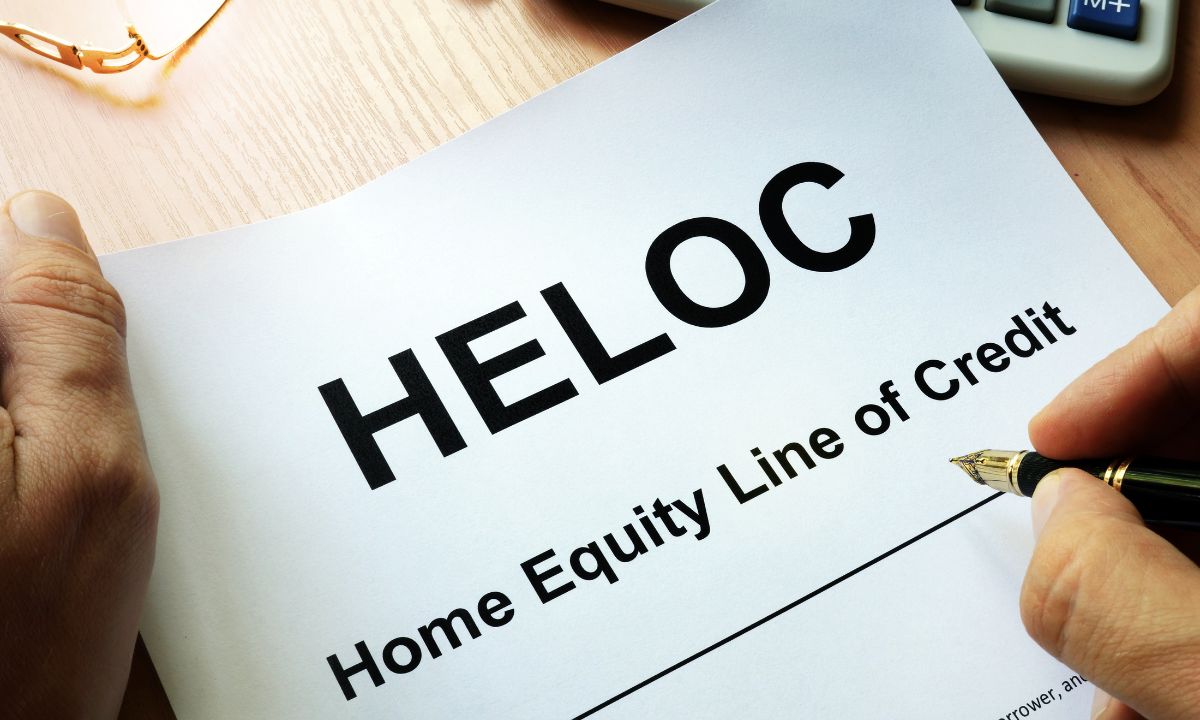What’s Ahead For Mortgage Rates This Week – April 15th, 2024

The Consumer Price Index (CPI) is showing higher than expected inflation, and the Producer Price Index (PPI) is showing lower than expected inflation. The two are in conflict with each other; however, the Consumer Price Index is still the far greater indicator for inflation as it directly impacts the cost of living for everyone, not just production assets.
Given the Federal Reserve’s recent speeches it would seem that there is very likely to be a delay in the rate cuts this upcoming quarter. They have stated numerous times they are driven largely by data and that data has proven that inflation is still not as quite under control as they had anticipated moving into Quarter 2. Lending partners have been responding in kind to the news as they have had strong rate increases across the board for the previous week.
Producer Price Index
The producer price index is more volatile than a similar survey of consumer prices, but it’s not pointing to a broad acceleration in U.S. inflation. To be sure, the PPI has moved higher in early 2024. The yearly rate of wholesale inflation climbed to an 11-month high of 2.1% in March from 1.6% in the prior month.
Consumer Price Index
The cost of consumer goods and services rose a sharp 0.4% in March, capping off a third straight month of elevated inflation readings that will make it hard for the Federal Reserve to cut interest rates soon. The increase in the consumer price index last month exceeded the 0.3% forecast of economists.
Primary Mortgage Market Survey Index
• 15-Yr FRM rates are seeing an increase by 0.10% with the current rate at 6.16%
• 30-Yr FRM rates are seeing an increase by 0.06% with the current rate at 6.88%
MND Rate Index
• 30-Yr FHA rates are seeing a 0.25% increase for this week. Current rates at 6.70%
• 30-Yr VA rates are seeing a 0.26% increase for this week. Current rates at 6.72%
Jobless Claims
Initial Claims were reported to be 211,000 compared to the expected claims of 217,000. The prior week landed at 222,000.
What’s Ahead
The Beige Book report is the only impactful release next week. We should see a relatively calm week, as the weeks following inflation data reports often have a less-filled schedule. This upcoming week should feature the usual weekly reports in jobs data.

 When it comes to selling a home, it is a common belief that once the offer is accepted, there is nothing else to be negotiated. However, issues and obstacles that can arise during the home inspection can be a cause for discussion with the seller. Whether you’re currently searching for houses or your offer has already been accepted and you’re preparing for the next step, here are some tips in the event that the home inspection isn’t up to par.
When it comes to selling a home, it is a common belief that once the offer is accepted, there is nothing else to be negotiated. However, issues and obstacles that can arise during the home inspection can be a cause for discussion with the seller. Whether you’re currently searching for houses or your offer has already been accepted and you’re preparing for the next step, here are some tips in the event that the home inspection isn’t up to par. Home equity loans and Home Equity Lines of Credit (HELOCs) are two avenues through which homeowners can tap into this valuable asset. Understanding the differences between them is crucial for making informed financial decisions. We will review the intricacies of these financial products, exploring how they work and helping you determine which might be the better fit for your needs.
Home equity loans and Home Equity Lines of Credit (HELOCs) are two avenues through which homeowners can tap into this valuable asset. Understanding the differences between them is crucial for making informed financial decisions. We will review the intricacies of these financial products, exploring how they work and helping you determine which might be the better fit for your needs. So, you’ve found your dream home, made an offer, and had the home inspection done. But wait—what happens next? For many homebuyers, negotiating repairs after a home inspection can be a daunting task. However, with the right approach and some negotiation skills, you can ensure that your new home is in tip-top shape without breaking the bank.
So, you’ve found your dream home, made an offer, and had the home inspection done. But wait—what happens next? For many homebuyers, negotiating repairs after a home inspection can be a daunting task. However, with the right approach and some negotiation skills, you can ensure that your new home is in tip-top shape without breaking the bank. When considering the journey of purchasing a new home, one of the fundamental decisions you’ll encounter revolves around determining the appropriate amount of money to allocate for your down payment. It’s a decision-making process that involves weighing the benefits of opting for a larger down payment against the potential advantages of utilizing some of those funds to purchase “discount points,” thereby reducing your interest rate. Each option carries its own set of merits and demerits, and the optimal choice for you hinges on a careful examination of your unique financial circumstances and objectives.
When considering the journey of purchasing a new home, one of the fundamental decisions you’ll encounter revolves around determining the appropriate amount of money to allocate for your down payment. It’s a decision-making process that involves weighing the benefits of opting for a larger down payment against the potential advantages of utilizing some of those funds to purchase “discount points,” thereby reducing your interest rate. Each option carries its own set of merits and demerits, and the optimal choice for you hinges on a careful examination of your unique financial circumstances and objectives.